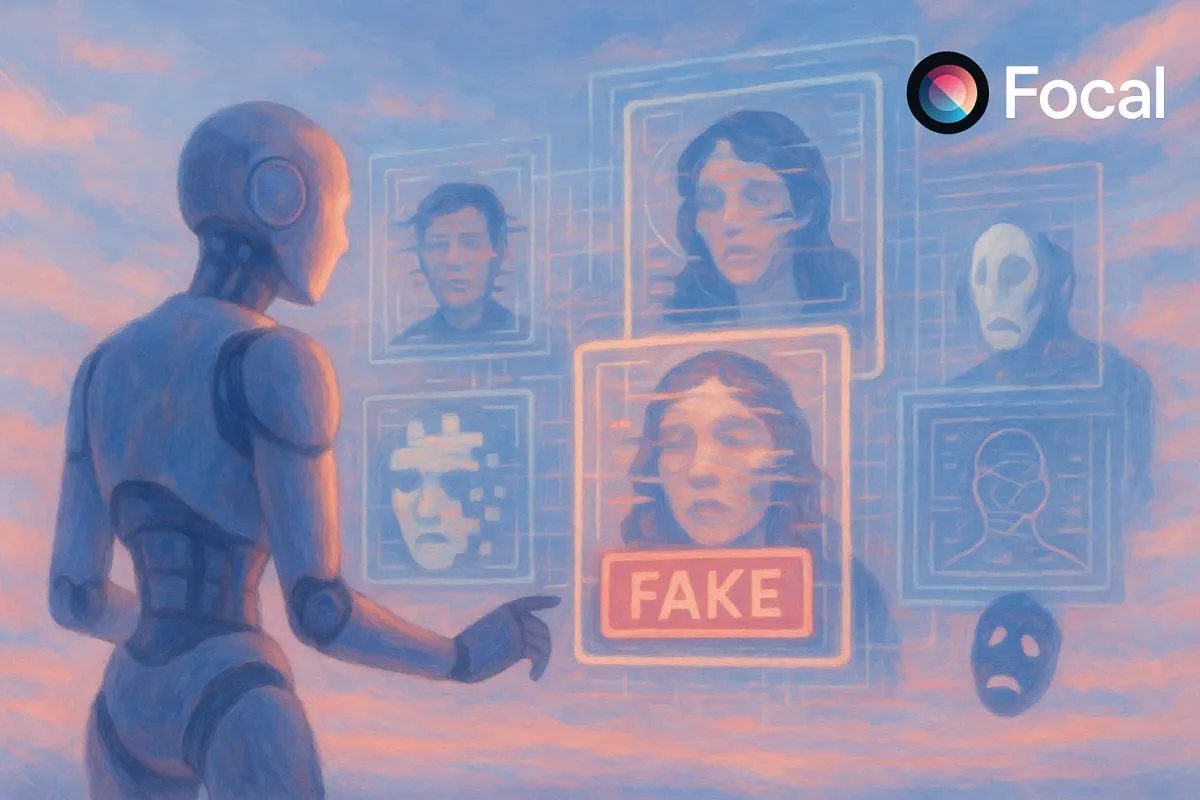How BusterX Helps Expose and Explain AI Video Forgeries in this Deepfake Era

The internet is flooded with visual stories that look flawless yet hide digital deceit. AI-generated videos can mimic real people so convincingly that traditional fact-checking tools fall short. This is where BusterX enters the frame, not as another detection gadget but as a system that reveals the inner truth of manipulated visuals. Instead of only saying something is fake, it shows how and why.
The Core Idea Behind Video Forgery Explanation
The brilliance of BusterX lies in its output clarity. It doesn’t simply classify content as genuine or synthetic. It breaks the illusion by surfacing the visible and invisible fingerprints within a video.
| Key Aspect | What BusterX Reveals | Why It Matters |
|---|---|---|
| Motion Inconsistencies | Frame-by-frame micro-motion gaps | Proves that facial flow is algorithmically patched |
| Lighting Signatures | Non-uniform illumination across frames | Indicates model-based compositing |
| Audio Drift Mapping | Lip movement versus phoneme timing | Catches dubbed or morphed voice fakes |
| Artifact Heatmaps | Pixel-level probability of manipulation | Makes forgery evidence understandable visually |
Seeing Evidence Instead of Guessing
Most forgery detection systems output a single confidence score. BusterX instead produces layered visual narratives: annotated frames, heatmaps, and confidence overlays that tell a story the viewer can follow.
Example output types include
- Temporal color variance maps that highlight tampered regions
- Facial geometry traces showing motion breakpoints
- Side-by-side playback comparing original frames with reconstructed truth frames
This form of explainable detection doesn’t just confirm suspicions. It educates journalists, legal teams, and investigators by making the manipulation visible in a human-interpretable way.
Why Transparency in AI Forensics Builds Public Trust
People trust what they can see. In video forensics, raw accuracy numbers mean little without context. By letting audiences view the patterns that led to a verdict, BusterX outputs create trust bridges between analysts and the public.
Transparency benefits include
- Improved credibility for published reports
- Reduced misinformation spread through quick clarification
- Better accountability in public debates where video evidence is central
Turning Technical Forensics Into Visual Education
BusterX outputs are designed not just for professionals but also for educational and newsroom contexts. The visual overlays can be adapted for presentations or media explainers to demonstrate how deepfakes distort truth.
Here’s how organizations have used these interpretive layers:
- Newsrooms embed visual explanations in coverage to clarify why a viral clip was flagged.
- Researchers use visualized evidence to train journalists on digital media literacy.
- Law experts present pixel-evidence snapshots as court-admissible supporting visuals.
These use cases make the complex science of forgery detection accessible without watering it down.
How Contextual Forensics Changes the Debate
Rather than shouting “fake,” contextual forensics aims to show context loss—what details were modified, what timing was distorted, what textures were generated synthetically.
A short comparative breakdown illustrates this shift:
| Old Approach | New Contextual Approach |
|---|---|
| Binary result (real or fake) | Layered insight (what, where, and how altered) |
| Hidden algorithms | Transparent visual reasoning |
| Tech-heavy jargon | Visual storytelling for all audiences |
| One-time verification | Ongoing reference for digital literacy |
By changing the way evidence is presented, such systems transform forensics into communication rather than accusation.
The Human Advantage in Machine-Exposed Truth
While algorithms uncover inconsistencies, humans interpret meaning. BusterX enhances this partnership by giving analysts visual and temporal cues that match human intuition. When viewers see highlighted facial flickers or pixel tension in forged segments, they experience the discovery, not just the verdict.
This shifts the conversation
- From debate to demonstration
- From trust issues to traceable evidence
- From algorithmic mystery to collaborative truth finding
Empowering Ethical Storytelling in a Synthetic World
Every frame dissected by BusterX helps redefine digital responsibility. The technology’s explainable outputs encourage ethical storytelling, where creators, journalists, and analysts can demonstrate digital authenticity rather than merely claiming it.
In the current information landscape, seeing why something is false often matters more than knowing that it is. BusterX helps audiences witness that difference clearly, frame by frame, in a world where truth now needs to be shown, not just stated.
Frequently Asked Questions
What is BusterX used for in detecting AI video forgeries?
BusterX is used to detect and explain AI video forgeries by showing visual evidence of manipulation. It highlights motion breaks, lighting inconsistencies, and texture mismatches so users can see exactly where a fake video was altered instead of just getting a yes or no result.
How accurate is AI deepfake detection when using systems like BusterX?
AI deepfake detection through systems like BusterX is highly accurate because it relies on visual explainability instead of a single confidence score. It presents multiple layers of verification so users can confirm the authenticity of a video through clear visual proof.
Why is visual evidence important in detecting deepfakes?
Visual evidence is important in detecting deepfakes because people trust what they can see. When a tool like BusterX highlights the parts of a video that are fake, it helps users understand the reason behind a result, building stronger confidence in the detection process.
How can BusterX and other AI forensics tools improve digital transparency?
BusterX and other AI forensics tools improve digital transparency by turning complex analysis into visuals that people can actually understand. Instead of hiding results behind code, these tools make authenticity clear and help build public trust in digital content shared online.
